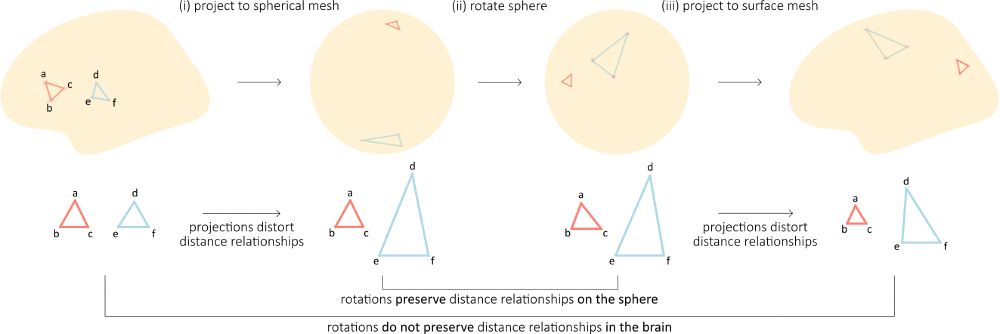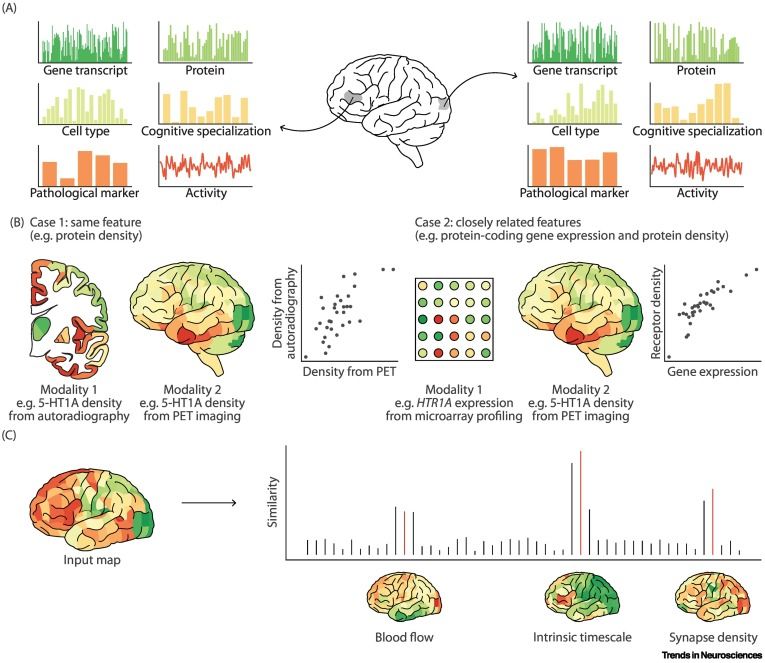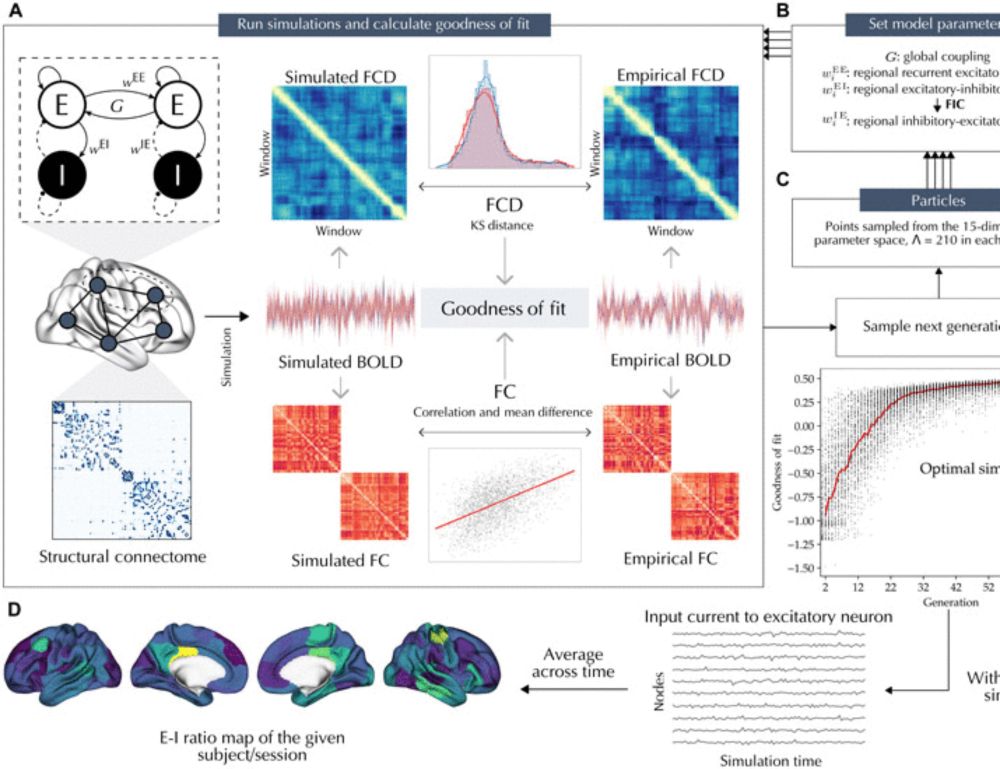Amin Saberi
@amnsbr.bsky.social
140 followers
250 following
20 posts
Postdoc, Neurobiosocial Group at MPI-CBS & FZJ-INM7 | MD
aminsaberi.me
Posts
Media
Videos
Starter Packs
Reposted by Amin Saberi
Golia Shafiei
@goliashf.bsky.social
· Feb 27

Reproducible Brain Charts: An open data resource for mapping brain development and its associations with mental health
Major mental disorders are increasingly understood as disorders of brain development. Large and heterogeneous samples are required to define generalizable links between brain development and psychopat...
doi.org
Reposted by Amin Saberi
Reposted by Amin Saberi
Reposted by Amin Saberi
Reposted by Amin Saberi
Sofie Valk
@sofievalk.bsky.social
· Jun 21
Amin Saberi
@amnsbr.bsky.social
· Jun 6
Amin Saberi
@amnsbr.bsky.social
· Jun 6
Amin Saberi
@amnsbr.bsky.social
· Jun 6
Amin Saberi
@amnsbr.bsky.social
· Jun 6
Reposted by Amin Saberi
Sofie Valk
@sofievalk.bsky.social
· Jun 5
Reposted by Amin Saberi
Leon Lotter
@leondlotter.de
· Jun 5
Reposted by Amin Saberi
Amin Saberi
@amnsbr.bsky.social
· Jun 5
Amin Saberi
@amnsbr.bsky.social
· Jun 5
Reposted by Amin Saberi
Amin Saberi
@amnsbr.bsky.social
· Jun 5
Amin Saberi
@amnsbr.bsky.social
· Jun 5
Amin Saberi
@amnsbr.bsky.social
· Jun 5
Amin Saberi
@amnsbr.bsky.social
· Jun 5








